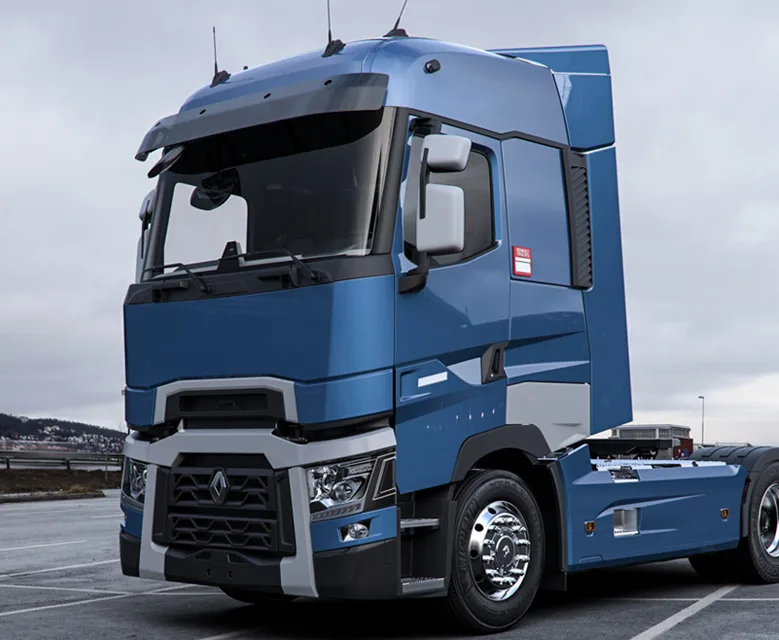Innovation in the Clouds: Advancements in Air Freight Australia
The world of air freight is soaring to new heights in Australia, driven by technological innovation. This vast continent, known for its unique geographical challenges and diverse industries, has embraced cutting-edge solutions to streamline cargo movement, enhance efficiency, and drive economic growth. In this comprehensive article, we will delve deep into the advancements in air freight Australia, exploring the transformative impact on logistics, sustainability, and the nation’s global trade.
Introduction: The Air Freight Imperative
Australia, a land of extraordinary beauty and rich natural resources, is also renowned for its vastness. The challenges presented by its size and geographical diversity are inescapable. Transporting goods from one corner of the continent to another efficiently is a Herculean task. Enter air freight, the lifeline of the nation’s logistics. Australia’s economy heavily relies on international trade, with a plethora of industries, from mining and agriculture to high-tech manufacturing, demanding timely and reliable transportation. In this context, the role of air freight is indispensable. It bridges geographical gaps and ensures that perishable products, time-sensitive materials, and high-value goods reach their destinations promptly. However, the efficiency and effectiveness of air freight are not solely dependent on aircraft. Technology plays a pivotal role in orchestrating the intricate ballet of logistics, ensuring that cargo moves seamlessly from the producer to the consumer, and beyond. It is this nexus of technology and air freight that we explore in this article.Section 1: The Technological Backbone of Air Freight
The technological transformation of air freight logistics in Australia has been multifaceted. From digitalization to automation, these innovations are reshaping supply chains, revolutionizing cargo handling, and enhancing the sustainability of air freight operations.- Digitalization and Data Analytics
- IoT Sensors: Internet of Things (IoT) sensors are embedded in cargo to provide real-time data on location, temperature, humidity, and other crucial factors. This information is not only invaluable for ensuring the quality of perishable goods but also for optimizing route planning and reducing theft or loss.
- Predictive Analytics: Advanced analytics are used to predict potential disruptions in cargo movements. Machine learning models process vast datasets to identify patterns and provide insights that enable proactive problem-solving.
- Automation and Robotics
- Robotic Cargo Handling: Robots are now commonly used for loading and unloading cargo from aircraft. Their precision and speed have not only reduced the risk of accidents but also expedited the turnaround time for flights.
- Autonomous Ground Vehicles: Autonomous vehicles transport cargo within airports and between facilities. They optimize the use of space and reduce the time required to move goods.
- Smart Warehouses: Warehouses are becoming smarter with the use of automation, including autonomous picking and packing systems. This reduces the time and labor required to process shipments.
- Blockchain Technology
- Enhanced Transparency: Blockchain’s decentralized ledger ensures that all stakeholders in the supply chain have access to the same, immutable data. This transparency reduces disputes, fraud, and errors.
- Improved Security: Blockchain’s cryptographic features enhance the security of cargo information, making it resistant to tampering and unauthorized access.
- Smart Contracts: Smart contracts, powered by blockchain, can automate and self-execute contract terms when certain predefined conditions are met. This can streamline payment processes and reduce delays.
Section 2: The Environmental Imperative
While efficiency and speed have traditionally been the hallmarks of freight companies environmental considerations are now an imperative. Climate change and sustainability have placed the industry under scrutiny, pushing for greener practices and eco-friendly technologies.- Fuel Efficiency and Alternative Fuels
- New Aircraft: Airlines are replacing older, less fuel-efficient aircraft with newer models that are designed to consume less fuel per unit of cargo transported.
- Sustainable Aviation Fuels (SAF): Research and development efforts in Australia are focused on the production and use of SAF, derived from renewable resources. SAF can significantly reduce greenhouse gas emissions compared to traditional aviation fuels.
- Carbon Offset Programs
- Sustainable Infrastructure
- Renewable Energy: Many airports are adopting renewable energy sources, such as solar and wind power, to meet their electricity needs. Some are even becoming “carbon neutral” through these efforts.
- Green Buildings: Terminals and cargo facilities are designed with sustainability in mind, incorporating energy-efficient lighting, heating, and cooling systems, as well as sustainable building materials.
Section 3: Transforming Trade: E-commerce and Technology Convergence
E-commerce has been a game-changer for air freight logistics in Australia. The convergence of technology and online shopping has reshaped consumer behavior, demanding faster and more efficient delivery systems. In response, the air freight industry has adapted and embraced new technologies to meet these demands.- Last-Mile Delivery Innovations
- Drone Deliveries: In remote and regional areas, drones are being used for last-mile deliveries. They can quickly transport small parcels to destinations that are difficult to reach by traditional means.
- Delivery Robots: Autonomous delivery robots are being tested in urban areas, providing a cost-effective and efficient solution for delivering packages to consumers.
- Digital Marketplaces and Platforms
- E-commerce Integration: Many logistics companies in Australia have integrated with major e-commerce platforms, allowing for automated order processing and tracking.
- Supply Chain Visibility: Digital platforms provide end-to-end visibility in supply chains, enabling businesses to monitor the movement of their cargo in real-time.
Section 4: The Human Element: Training and Skills Development
Amidst all these technological advancements, the human factor remains paramount in the air freight industry. Skilled professionals are essential to operate and maintain the complex technologies that underpin modern air freight operations.- Training and Education
- Digital Literacy: Training programs in Australia are increasingly incorporating digital literacy components to ensure that the workforce is proficient in using technology.
- Safety and Compliance: Training is also crucial for maintaining safety and compliance standards, especially in an industry as highly regulated as aviation.
- Upskilling and Adaptation
- Adaptability: The rapid pace of technological change demands that the workforce in air freight logistics be adaptable and open to learning new skills.
- Tech-Savvy Talent: The industry is actively seeking tech-savvy talent to fill roles that require expertise in data analytics, robotics, and other advanced technologies.
Section 5: Challenges and the Road Ahead
Despite the remarkable progress in freight companies australia challenges persist. Cybersecurity threats, regulatory hurdles, and the need for substantial investments are among the challenges that the industry faces.- Cybersecurity
- Data Vulnerability: As the industry becomes increasingly digitized, it becomes more vulnerable to cyberattacks. Ensuring the security of sensitive cargo information is a top priority.
- Regulatory Compliance: Meeting cybersecurity regulations is a complex challenge. The industry must balance innovation with compliance to protect data.
- Regulatory Environment
- Drone Regulations: The use of drones for cargo transport faces regulatory hurdles related to safety, airspace management, and privacy.
- Environmental Regulations: Stricter environmental regulations are expected in the future, requiring the industry to continue investing in sustainable practices.
- Investment Requirements
- Infrastructure: Maintaining and upgrading the necessary infrastructure for advanced technologies requires substantial investments.
- Research and Development: Continued research and development efforts are essential to keep pace with technological advancements.







